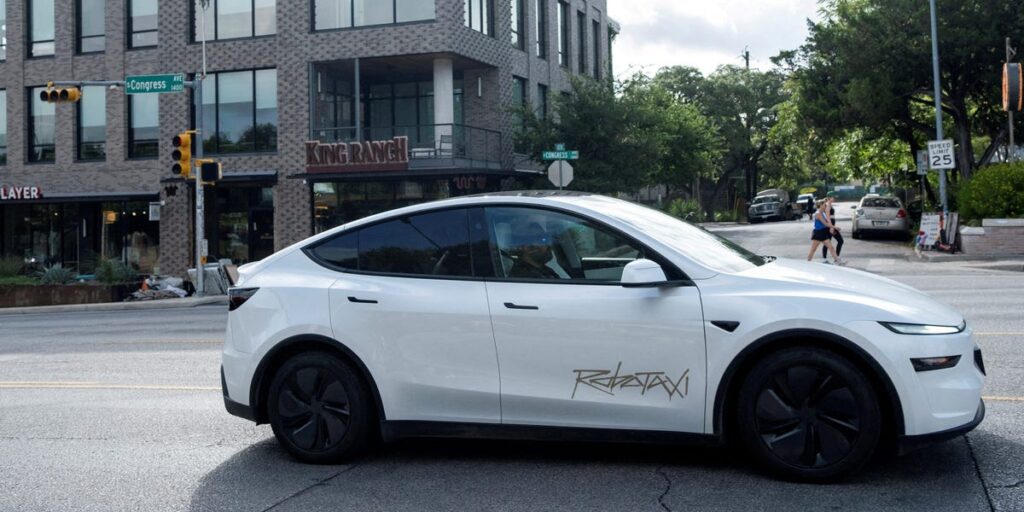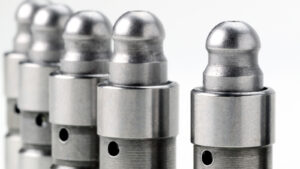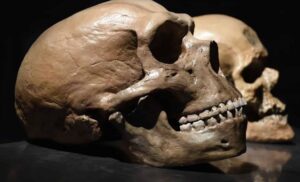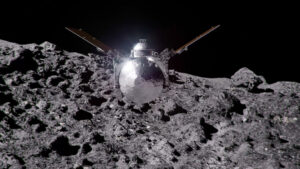
Tesla’s highly anticipated robotaxis have finally hit the streets of Austin, Texas, marking a significant milestone in the company’s autonomous vehicle ambitions. However, the rollout has not been without controversy, as videos posted by early riders reveal potential issues with the driverless technology. Autonomous driving experts have weighed in on these developments, providing insights into what might need to change before Tesla can scale up its robotaxi operations.
The launch on June 22 was limited to a select group of Tesla influencers and investors who have been documenting their experiences online. While many rides reportedly went smoothly, some videos show the robotaxis speeding, veering into the wrong lane, and engaging in random braking. These incidents have raised questions about the readiness of Tesla’s Full Self-Driving (FSD) software.
The Vision-Only Approach: A Double-Edged Sword?
Tesla’s robotaxis rely solely on an advanced version of the company’s FSD software, which uses eight cameras to provide a 360-degree view of the vehicle’s surroundings. Unlike competitors such as Waymo, Tesla’s vehicles do not use radar or lidar, which are technologies that provide additional environmental sensing capabilities.
Raj Rajkumar, a professor of engineering at Carnegie Mellon University, expressed concerns about this approach. “While issues like incorrect lane changes and pullover problems might be addressed with more training data, ‘phantom braking’ could indicate a fundamental flaw,” he said. In one video, a robotaxi braked unexpectedly, causing a passenger’s belongings to fall to the floor.
“To process camera data, one has to use AI and machine learning. But hallucinations are an integral part of how AI operates, and once you hallucinate, phantom braking ends up happening, so a camera-only solution will not be sufficient for a very long time.” – Raj Rajkumar
Steven Shladover, lead researcher at the Partners for Advanced Transportation Technology program at the University of California, Berkeley, echoed these concerns. He warned that Tesla’s reliance on cameras alone could lead to passenger injuries without additional sensor data.
Phantom Braking: A Persistent Challenge
“Phantom braking” is not a new issue for Tesla. The company is currently facing a class-action lawsuit over alleged phantom braking incidents in its Autopilot system. The National Highway Traffic Safety Administration (NHTSA) launched an investigation into Tesla vehicles in 2022 after receiving over 750 complaints about sudden braking at high speeds.
In a notable incident in 2022, a Tesla driver using the supervised Full Self-Driving system was involved in an eight-car pileup due to unexpected braking. Despite these challenges, Tesla CEO Elon Musk has previously stated that the issue should have been addressed in the latest software releases.
“Imagine being on the freeway at 65 mph and the car suddenly brakes for a phantom object, and there is an 18-wheeler semi truck behind you, and they cannot stop. It could be extremely dangerous, depending on what’s happening around you.” – Raj Rajkumar
Safety Drivers: A Necessary Precaution
Despite the technological advancements, Tesla’s robotaxis are not yet operating without human oversight. Each vehicle is accompanied by a safety monitor who can intervene if necessary. This is a common practice in the autonomous vehicle industry, as seen with Waymo and other companies.
Bryant Walker Smith, a professor of engineering and law at the University of South Carolina, emphasized the importance of safety drivers. “Tesla is still relying on safety drivers for its Austin demo — and rightly so, because its technology is immature,” he said.
“There is a huge difference between launching without safety drivers and testing or demoing with them, akin to climbing up a giant cliff with or without a harness and rope.” – Bryant Walker Smith
Looking Ahead: Challenges and Opportunities
As Tesla continues to test and refine its robotaxi technology, the company faces both challenges and opportunities. The limited geographic area of the current rollout — approximately 5.5 to 6 miles east to west and 3.5 to 4 miles north to south in Austin — highlights the complexities of scaling up autonomous driving operations.
Rajkumar believes that while Tesla’s launch is a “good start,” there is still a long way to go before the robotaxis can handle unfamiliar situations independently. “There is a very long list of things that happen in real life that we do not anticipate when we drive,” he noted.
As the autonomous vehicle industry evolves, Tesla’s robotaxi program will likely continue to be a focal point for both innovation and scrutiny. The company must address the technological and safety challenges identified by experts to achieve its vision of a fully autonomous future.







